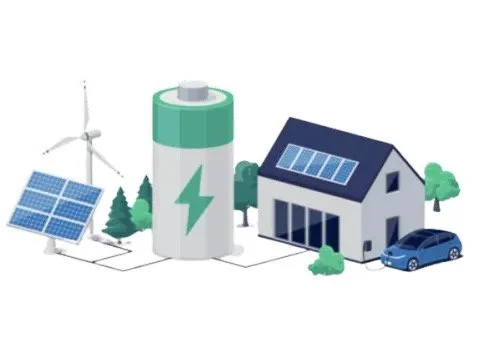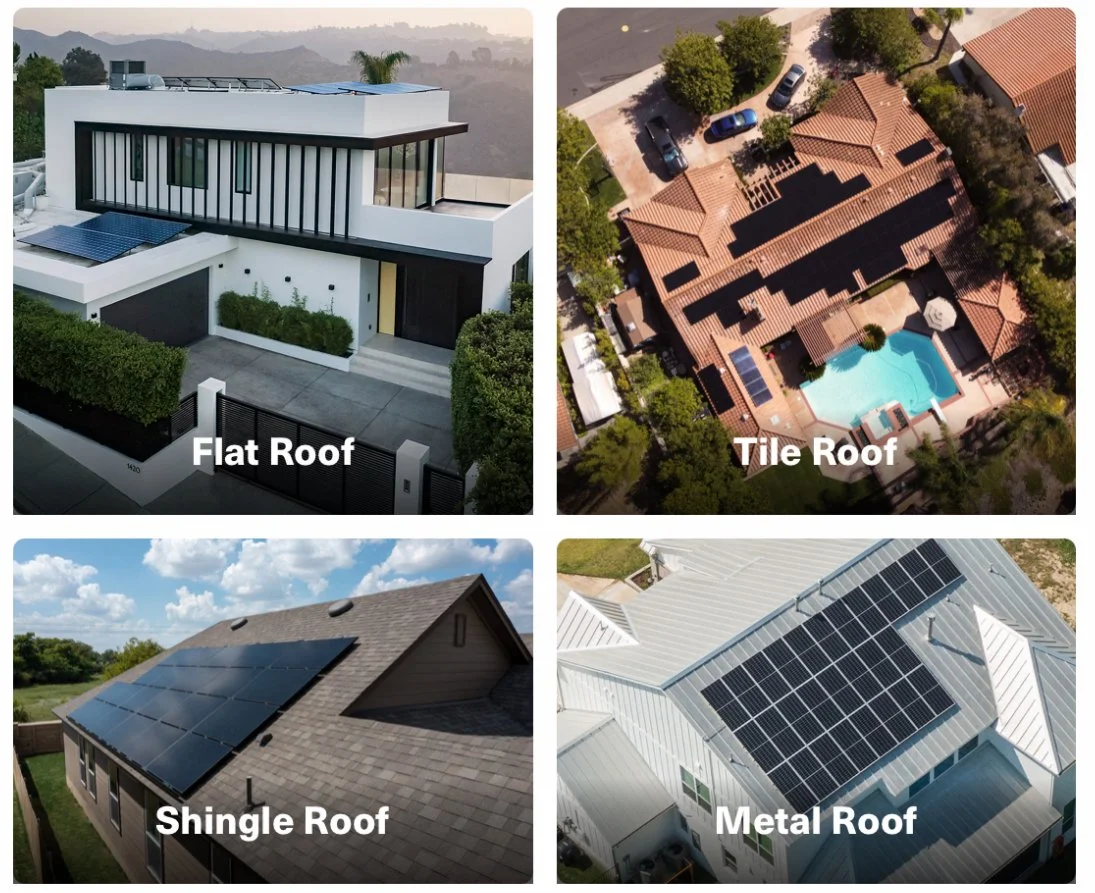How does Solar Power work?
We’ve got all your questions covered!
How Solar Power works 101
Watch this video!!!
Solar panels are typically mounted on the rooftop but can also be ground mounted.
The panels harness energy from the sun and converts it into usable power in your home.
If your system produces more power than you can use at any given time, the excess solar is sent to the Power grid.
Whenever your system is not producing enough energy to meet your needs, your building will utilize energy from the Power grid. Whenever the sun is not shining, during overcast days, or power outages, all your energy needs will be met by the grid unless your solar system includes a battery back-up.
How Solar Energy Works
Overview of how solar energy storage systems work.
A grid-tied solar system is usually designed to produce as much or more power as a home needs.
Without batteries, any power not used in the home when the sun is shining is sent into the grid. With home batteries, some of that power that would have been sent to the grid gets captured and stored for later use. That stored power can then be used to power the home when grid power is unavailable or expensive.
Four main parts of a solar energy storage system
Solar panels - Provide electricity to the system with sufficient sunlight.
Solar charge controllers - Manages the power going into the batteries, and prevents reverse current which would drain the batteries when the Sun isn't shining.
Inverter - Converts DC power from the solar panels or the batteries into AC power for the home or grid.
Batteries - Stores DC power from the solar panels for later use in the home.
A breakdown of how each part of the system works during the day
The charge controller will charge the batteries when there is sufficient power to charge them. Any extra power produced by the solar panels will be sent to the inverter. When the batteries are fully charged, the charge controller will cut off the charge going to the batteries except for a small float charge meant to keep the batteries fully charged.
With sufficient sunlight, the solar panels provide electricity to the system. Power provided to the solar charge controllers from the solar panels will be used to recharge the batteries. The amount of voltage, known as the nominal voltage, needed to charge the batteries rises as the batteries charge. As a result, the charge controller will increase its output voltage as the level of charge in the batteries rises. When the batteries are fully charged, the charge controller maintains a trickle charge to hold the batteries at their full charge.
When the sun isn't shining, the charge controller will block current from flowing from the batteries to the solar panels. This prevents the batteries from discharging into the solar panels.
The charge controller and batteries
To keep things simple, imagine we are charging a 12-volt battery. A 12-volt solar panel is used to charge a 12-volt battery. But that solar panel will actually have an output that is closer to 18 Vmp (Volts at maximum [power) when there is a load presented by the batteries. That is because batteries need a higher voltage source to accept a charge. If the charge controller supplied only the battery's rated charge, the battery would not charge.
The battery charging process
The power that isn't used to charge the batteries is sent to the inverter. An inverter converts the DC power from the solar panels or the batteries into AC power. The power drawn from the solar panels will either be consumed in the home or sent to the grid.
If the amount of power being produced by the system is less than the amount of power the home needs, then some or all of the power produced by the system will be used in the home. The home's meter will spin forward and the homeowner will be charged by their utility company for the power used.
If the amount of power produced by the system exceeds the amount of power used in the home and for charging the batteries, then the excess power is sent to the grid.
The inverter, the home's meter, and the grid
Once the sun goes down, the system may draw power from the batteries if the system is configured for it. This is often the case if the home is billed for power using Time-of-Use (TOU) billing. In California, all three major utilities charge peak TOU rates between 4 pm and 9 pm. Home batteries are sized (charge capacity) to be able to fully power the home for 6 hours. The batteries are then charged from the solar panels the next day.
A breakdown of how the system works at night
In the afternoon, when the power output from the solar panels declines, the charge controller will isolate the battery from the solar panels to prevent the batteries from discharging into the panels. If a float charge is desired, it will come from grid power.
The charge controller and the batteries
When desired, the charge controller will provide power to the home from the batteries. The batteries will provide continuous power up to their rated discharge level or until when they are cut off by the charge controller. To prevent over-discharging, the charge controller will cut off the batteries if they reach their maximum depth-of-discharge level. Most lithium-ion batteries will reach that level when the voltage produced by the battery's cells drops to 3.0 V per cell. If the batteries charge is used up, the home will automatically be switched to grid power.
Powering the home with the batteries
In a blackout, the system is isolated from the grid to prevent electrical discharge into the grid during times when the power lines may be undergoing maintenance or are damaged. During the day, the solar panels will charge the batteries. While the batteries are charging, the system's inverter has a special circuit that allows power to be drawn from the solar panels to power selected circuits. The amount of power available is typically not enough to entirely power the home.
How the solar energy storage system works in blackouts
The amount of power available from a solar energy storage system depends on the type of inverter used. High-end inverters connect directly to circuits in the home that are designated to receive power during blackouts. Some lower-powered inverters simply offer outlets that you can connect an extension cord to.
The amount of power available depends on the inverter
Roof Types
Solar can be installed on nearly every type of roof. Depending on the roof type, the installation process can differ slightly. Common roof types include: composite shingle, tile, torch-down, and foam.m
Our solar installation experts can advise you about what roofing work may be required to mount solar panels on your roof. Prior to installation, we will let you know if any repairs will be required.


